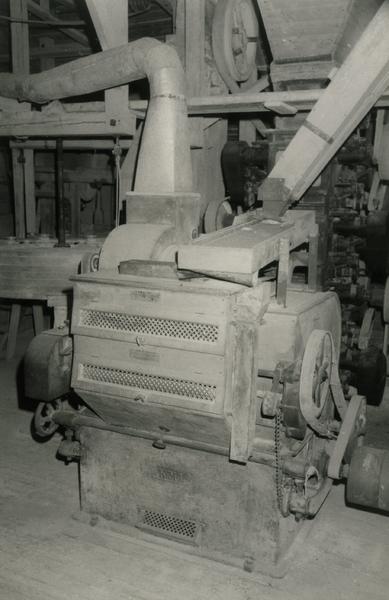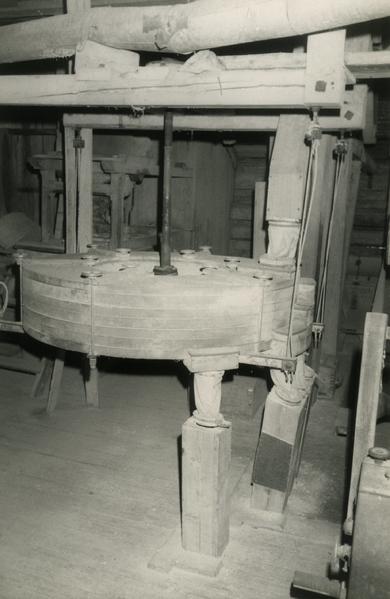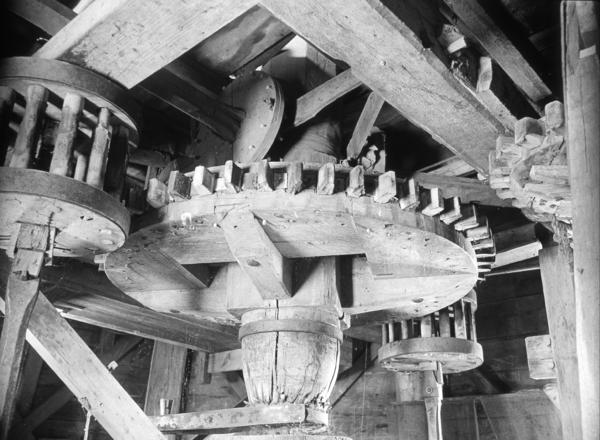
| In our digital world, it is easy to forget the debt we owe to photography. Records of our 19th and 20th century milling heritage are enriched by photographs of historic mills. Rex Wailes demonstrated that the person behind the camera was equally important. Not only was he an engineer interested in mills, he was keen on using his more portable camera to take interior shots highlighting details of mill machinery. These records from the 1920s onwards are often unique and now form an important part of his legacy. |

| He was a forceful and quite brave character, persuading owners of sometimes quite dangerous structures to allow him access to mills that were already well on the way to disappearing. Fortunately, he often made detailed accounts of what he had recorded and now we have his collection at the Mills Archive we have begun to make these available to the public. They provide a meaningful account of the people and machines of our milling past. They are already proving to be of immense interest, and not only show mills in the UK, but also those taken abroad during his many travels. They show us both mills still standing and perhaps even more importantly for researchers, mills that have disappeared, through neglect, demolition, fire etc. |

On nearly all the images of Rex he is smiling, particularly when meeting people. On those of him recording a mill or piece of machinery he is seen to be concentrating on the task. The camera was his trusty friend, and we must be thankful that he was such a good photographer as we can now see looking at the wealth of images, many of which were captured on glass plates.
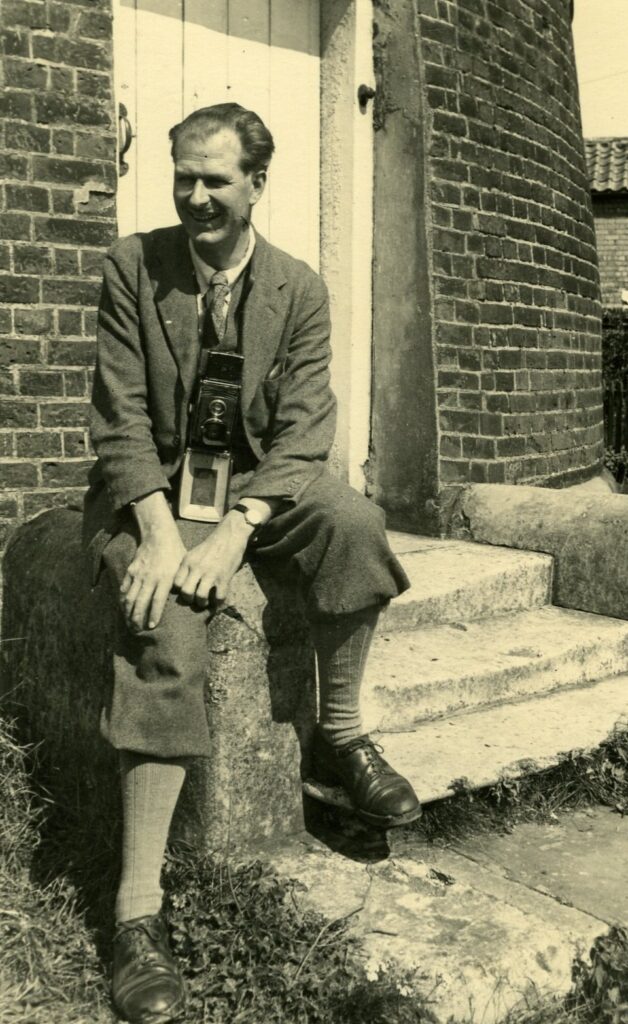
Klooster Molen, La Croix Rouge, Rexpoede, Nord, France
https://catalogue.millsarchive.org/klooster-molen-la-croix-rouge-rexpoede-nord-4
| Travels in Finland Travelling was always part of Rex’s lifestyle, from taking three weeks crossing the Atlantic in 1929 to photographing mills in Finland, Spain, and many other countries. During his visit to Finland in the 1930s Rex took more than a thousand mill photographs, both external and internal. Together with Reading University we financed an intern to digitise and catalogue 1266 of his Finnish glass plates, negatives and photographic prints. We now care for a unique record of the milling history of Finland, a country that, before the war, was largely an agrarian economy and is now one of the most prosperous in Europe. The collection has been written up in detail on our website and has attracted considerable international attention; follow this link for more information: https://new.millsarchive.org/2015/07/07/mills-of-finland/. Rex recorded many unusual or unique features of the windmills of the country and wrote extensively about them. Personally, I was delighted to discover evidence of the move from stone to rollers at the Vesikoski watermill on the bank of the River Loimijoki in Loimaa, a municipality in Western Finland. |
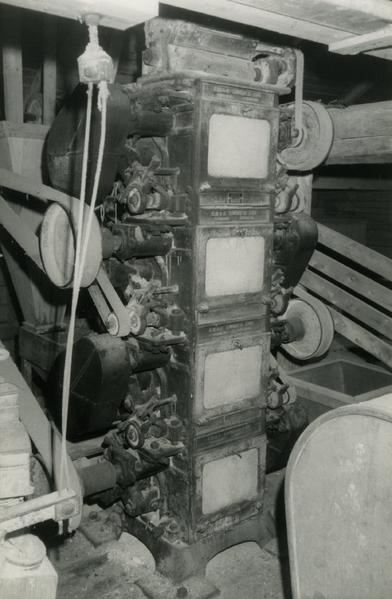
I have selected three of these discoveries for this week’s newsletter: an image of a roller mill built by Turner’s of Ipswich, a circular plansifter and a KML wheat peeler. Each underline an important message: we should not only make records of our milling history; we should also take active steps to preserve them for future generations.
Turner (of Ipswich) roller mill parts at Vesikoski watermill, Loimaa https://catalogue.millsarchive.org/turner-of-ipswich-roller-mill-parts-at-vesikoski-watermill-loimaa
